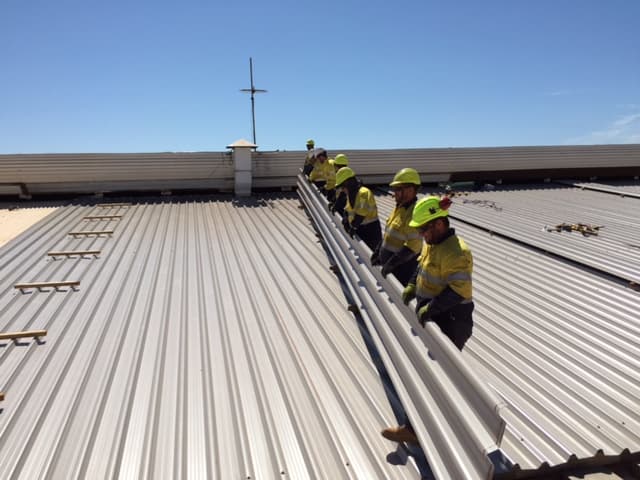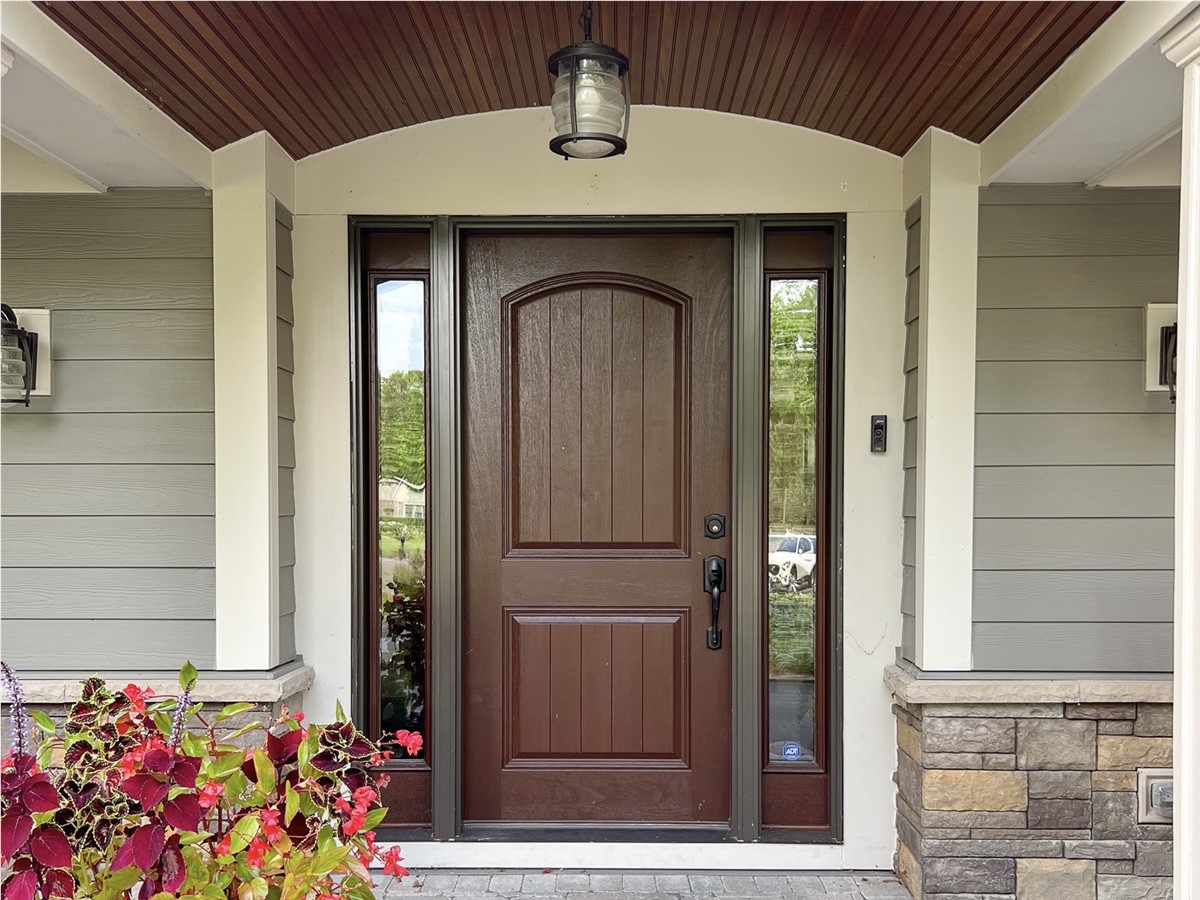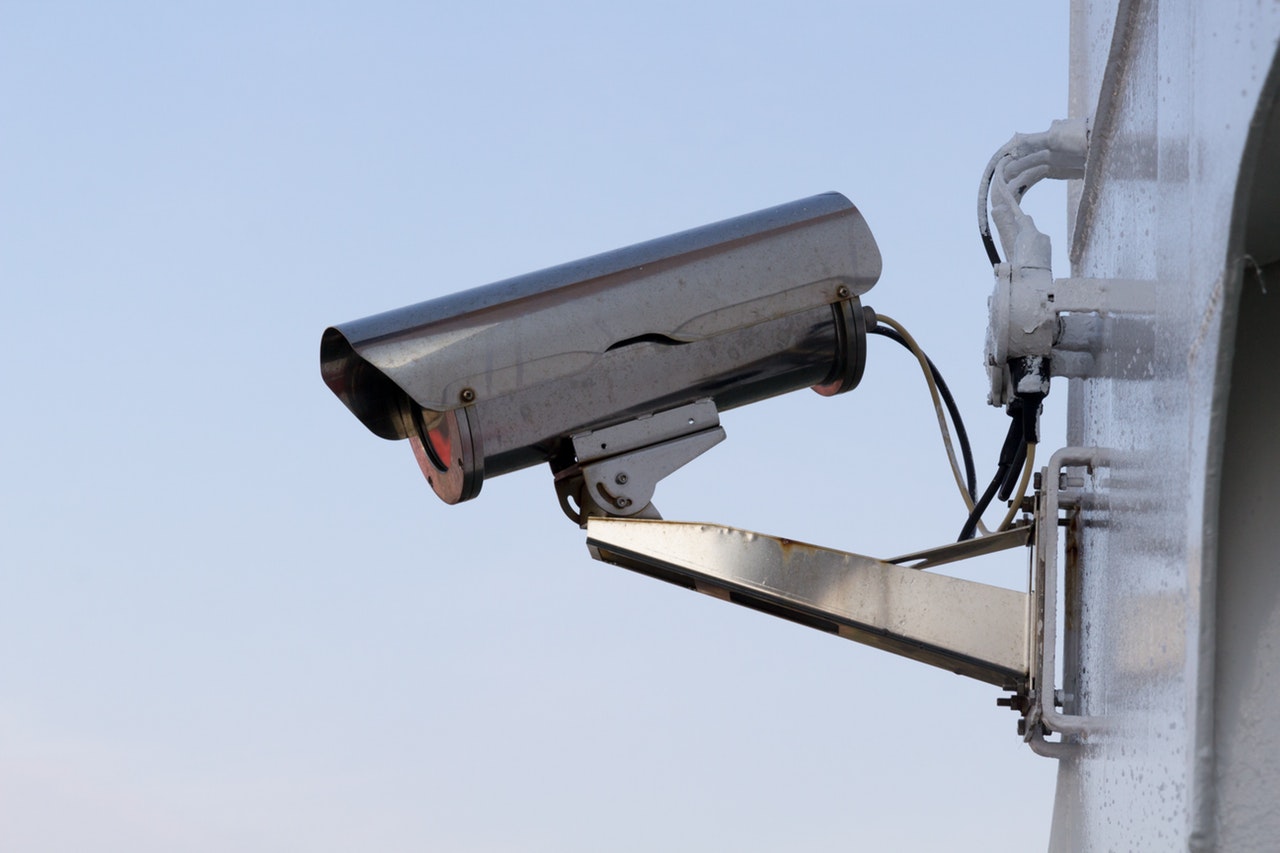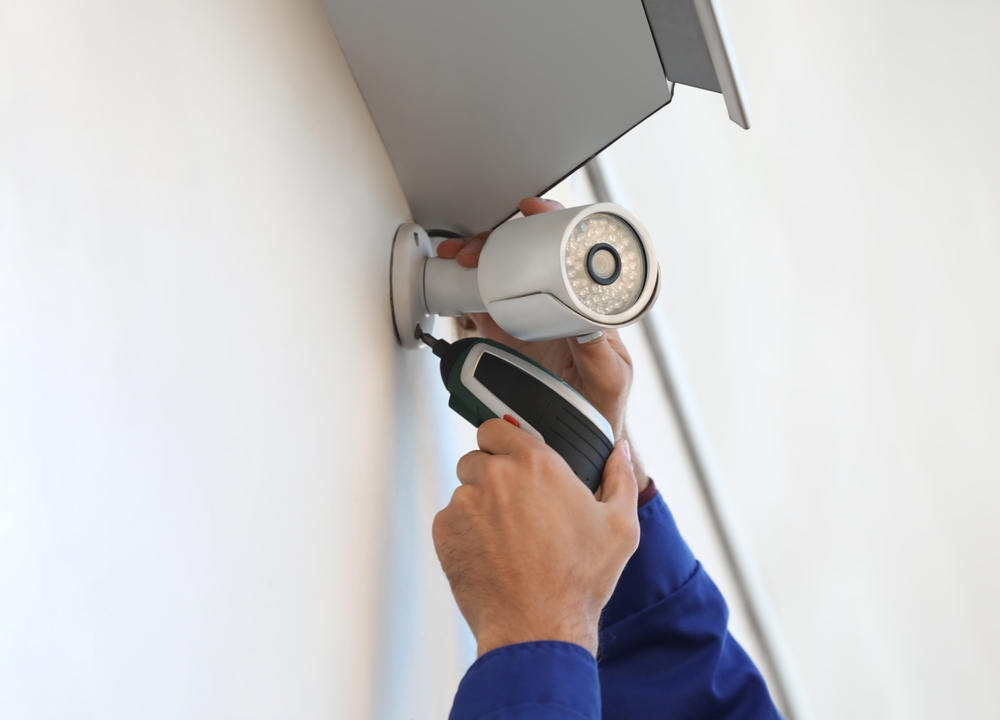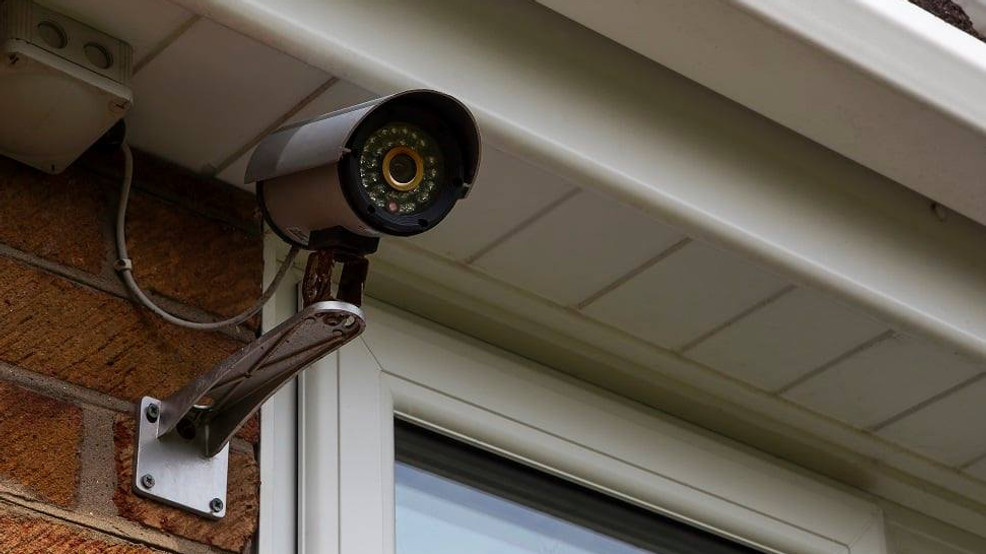No matter what season is approaching, it can cause some serious problems for commercial roofs. Although the biggest threats are snow and windstorms, all weather conditions play a role in damaging your roof over time.
Spring Weather
If your roof could have a favourite season, it would be spring as it brings with it fewer rainstorms and milder temperatures. The one issue to watch out for, though, is heavy rains. They have been known to worsen and, in some cases, cause leaks.
Use this season as the time to inspect your commercial roof for any damage from the previous seasons. It is also an ideal time to schedule any necessary repairs, as it’s more pleasant to work on a roof in the spring before the heat of summer arrives.
Summer Season
Many people mistakenly believe that the cooler months will cause the most damage to a commercial roof. Summer weather can be just as brutal. One of the challenges that industrial roofing in Perth experiences during summer is damage from extreme heat. The more intense the heat is during the summer months, the higher the chance of damage to the sealing materials.
Another issue during summer is increased humidity along with extreme heat. The combination of these elements causes roofing materials to swell and weaken as the days go by. Rooftop units also present a unique problem, as when the roofs require servicing, repair technicians must walk across the roof to reach the units, which increases the odds of damage to your roof.
Fall Season
The biggest risk to your roof during fall is from the leaves falling from the trees. When left on your commercial roof, the pile of leaves starts to mould, which leads to fungus and other substances growing on your roof.
Leaves also block rain gutters, which allow water to repeatedly flood onto the roof. Branches from windstorms also create all kinds of damage, from blocking rain gutters to puncturing the roof materials.
Winter Season
Of all four seasons, winter is one of the worst for your commercial roof. The freezing temperatures and the constant moisture put your roof to the test. One of the problems during winter is when water freezes on top of a roof, as it adds added weight for the roof to support.
Ice dams can pull materials off the roof, and snow buildup causes even more problems. The constant freezing, thawing, and freezing of water can lead to leaks as it works its way into gaps and causes them to grow bigger and weaker.

